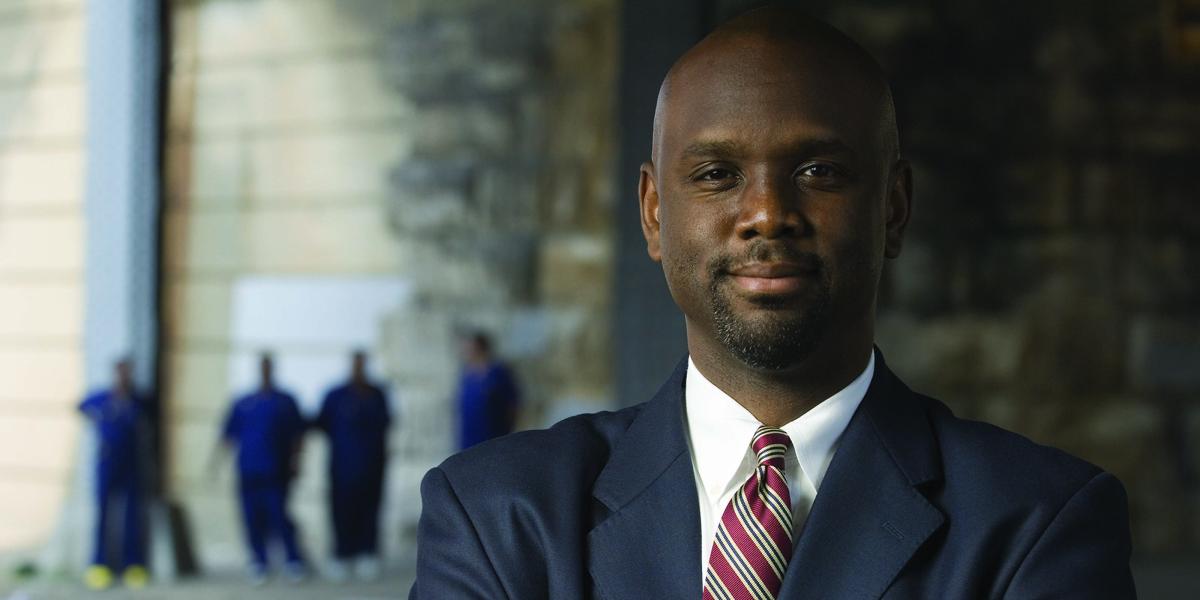An Advocate for Social Cohesion
As associate director of the Johns Hopkins Urban Health Institute, Chris Gibbons, MD, MPH '97, frequently shifts between his academic office in a downtown building and his community-based office in an East Baltimore neighborhood. Though his locations change, his focus doesn't. Gibbons seeks answers to persistent urban health problems like the racial disparities in cancer and cardiovascular disease treatment and outcomes. At the Urban Health Institute, he is leading development of an urban health curriculum and supervising a team of community health workers. His daily pulse-taking of East Baltimore's people and its neighborhoods has led him to what he believes is one secret to urban health.
Besides buildings, services and population density, I have observed that inner city communities are often socially incohesive. Social cohesion has been described as a measure of the "relative fabric of a community or society"—how much people trust their neighbors or if they feel that they really matter to the greater community or society.
In many inner city urban areas, there seems to be less social cohesion. Low social cohesion has been associated with poorer health outcomes for those living in the neighborhood or community. When there is a baseline mistrust of "the system," it makes it easier for people to interpret life events in negative ways and believe in myths or conspiracy theories. It may lead to questioning if the doctor really has your best interests at heart, or if you should really believe what the "health experts" say. In white communities, if a doctor says to do something, you generally will do it because he or she is the expert. That's not always the case among urban minorities. Sure, you're going to listen to the doctor, but you may very well run it by someone in the community whom you trust first—or take it with a grain of salt. What gets done is often based on a balance of the recommendations from the "white coat expert" and the trusted "community expert." To understand why people might not behave the way the "experts" say they should you've got to understand the local cultural, norms, attitudes and beliefs. This understanding also helps you know what to do about the problem. I have seen many elegantly designed "urban" interventions fail miserably, in part, because the investigators did not really understand the local culture of the indigenous people.
